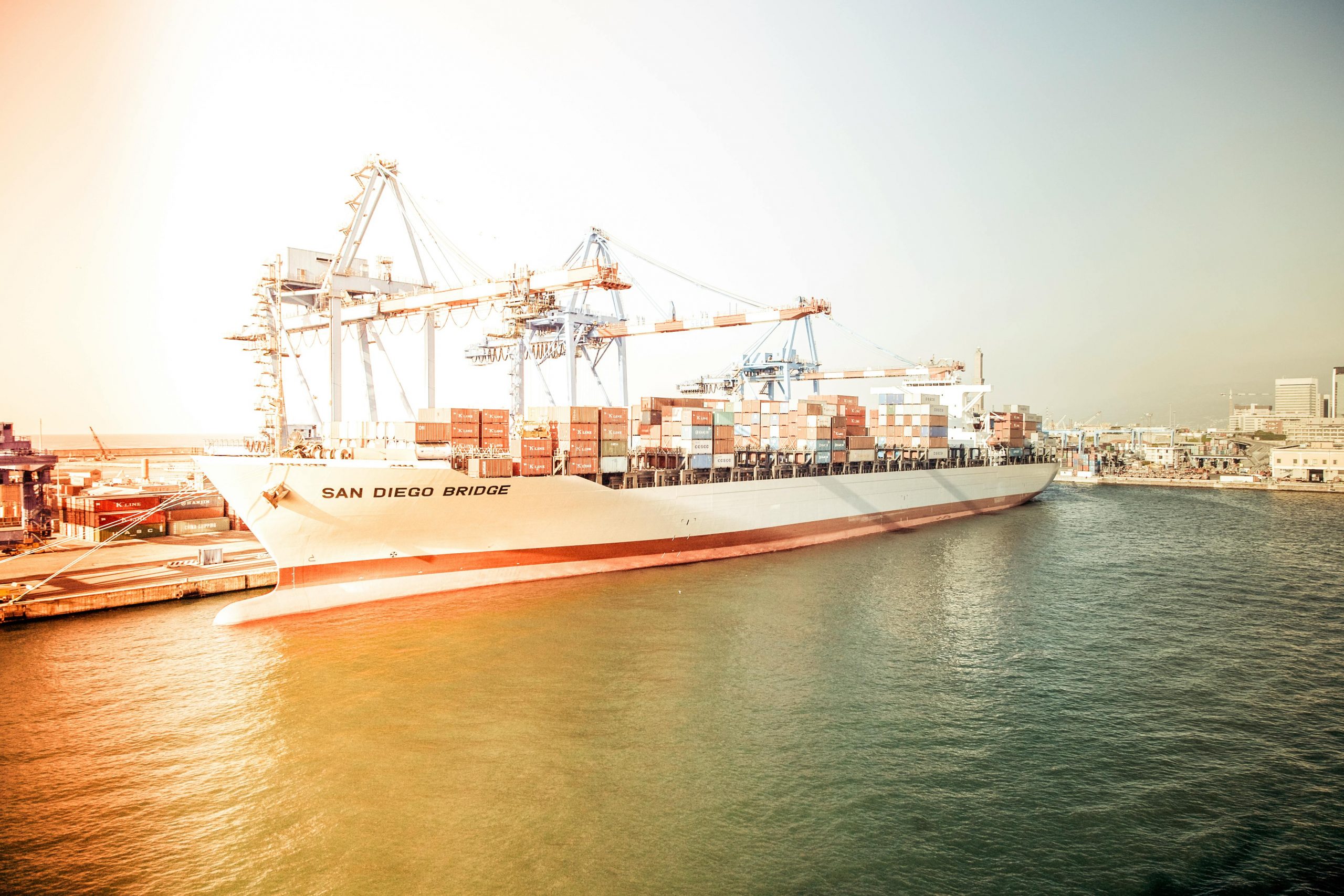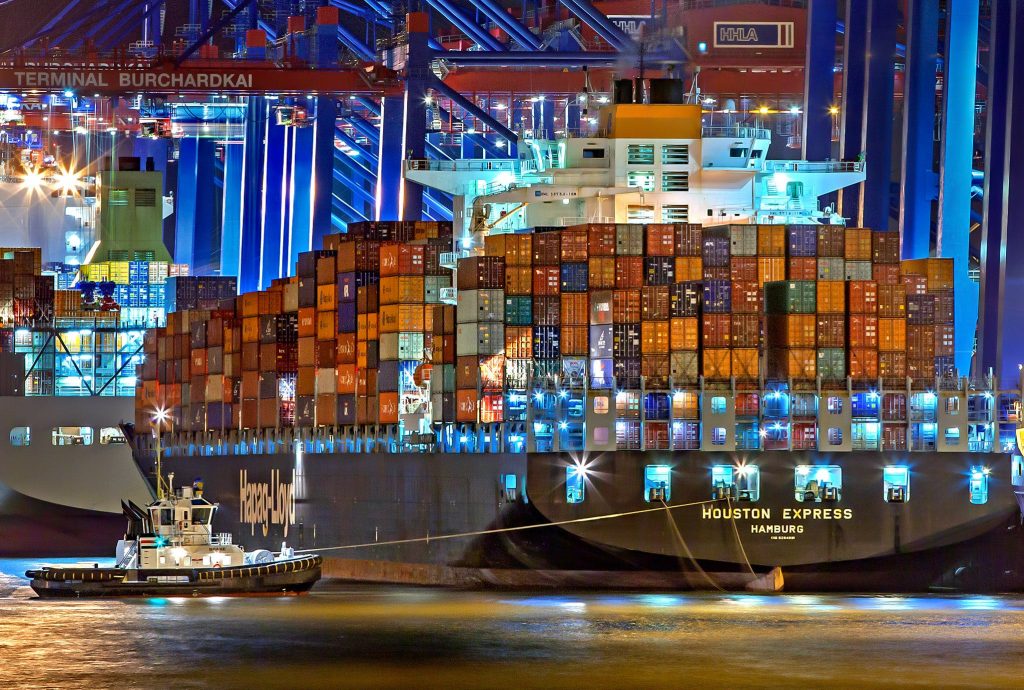- Alaska, Hawaii, Puerto Rico, and the US Virgin Islands present unique shipping challenges but also significant opportunities.
- Local carriers and knowledge of state-specific regulations can mitigate logistics issues and high shipping costs.
- Offering free shipping thresholds and multiple shipping options cater to diverse customer needs and preferences.
- Regularly reviewing shipping rates and adapting strategies is crucial to maintaining cost-effective operations.
Running an e-commerce business is no easy feat, especially when navigating shipping logistics to certain US states. Four states are notoriously difficult to reach for shipping and delivery: Alaska, Hawaii, Puerto Rico, and the US Virgin Islands. But just because these states may present unique challenges doesn’t mean e-commerce businesses should shy away from the potential sales opportunities they offer. In fact, with the right knowledge and strategies, these states can become a valuable market for your business. This blog will explore the difficulties and potential solutions to shipping to these states so your business can expand its reach and boost its profits.
Alaska
Alaska’s challenging geography and low population density make it one of the hardest states for e-commerce businesses to reach. Delivery times can be lengthy, and shipping costs are often higher than in other locations. To overcome these issues, consider partnering with local carriers who specialize in Alaska shipping to reduce delivery times and costs. This can be the cheapest way to ship to Alaska as these carriers have extensive knowledge of the state’s unique landscape and can navigate it more efficiently. Offering free shipping promotions for large orders or during holidays can also incentivize customers to make purchases.
Hawaii
In addition to the logistical difficulties of shipping to an island, Hawaii’s unique tax regulations and restrictions on certain products can make it challenging for e-commerce businesses. To navigate these challenges, consider partnering with a shipping company that specializes in Hawaii deliveries and understands the state’s customs laws. Make sure to familiarize yourself with Hawaii’s product restrictions and tax laws to avoid any legal issues. Finally, offering localized promotions or products that are unique to Hawaii can help your business stand out in the market.
Puerto Rico
Puerto Rico’s location as a US territory means shipping to the island is not as complicated as shipping internationally. However, issues with customs regulations and high shipping costs still present challenges for e-commerce businesses. Consider partnering with a logistics company that specializes in Puerto Rico deliveries and can assist with customs paperwork. Additionally, offering bilingual customer service and localized product offerings can help your business tap into this market more effectively.
US Virgin Islands
Similar to Puerto Rico, the US Virgin Islands are a US territory, but with a small population and difficult geography. Many shipping carriers do not offer services to the US Virgin Islands, and those that do may charge high fees. To mitigate these issues, consider partnering with a local carrier or shipping company that can offer better rates and handle any necessary customs paperwork. It may also be worthwhile to offer promotions or discounts specifically for customers based in the US Virgin Islands.

Additional Tips
Besides these state-specific challenges, there are also general strategies that e-commerce businesses can employ to make shipping to all states in the US more efficient and cost-effective. These include the following four tips:
Utilize flat-rate shipping options.
Flat-rate shipping can be a cost-effective option for businesses shipping to any state in the US, especially when sending larger or heavier items. Flat-rate boxes and envelopes have a set price regardless of weight, making it easier for businesses to budget and customers to know how much they will pay for shipping.
Offer multiple shipping options.
Not all customers have the same urgency or budget when it comes to receiving their orders. By offering multiple shipping options, such as standard, expedited, or overnight delivery, businesses can cater to a wider range of customers and their preferences. This can also help businesses compete with larger retailers who may offer similar options.
Consider free shipping thresholds.
Offering free shipping can be enticing for customers, but it can also be costly for businesses. To strike a balance, set a minimum order amount that passes for free shipping. This encourages customers to purchase more items in one transaction, making it more cost-effective for the business.
Regularly review shipping rates and carriers.
Shipping rates and carriers can change frequently, so it’s important for businesses to regularly review their options to ensure they are getting the best deal. This could mean switching to a different carrier or negotiating better rates with your current one.
By following these four tips and understanding the unique challenges of shipping to states like Alaska, Hawaii, Puerto Rico, and the US Virgin Islands, e-commerce businesses can successfully expand their reach and tap into new markets across the United States.
While shipping to states like Alaska, Hawaii, Puerto Rico, and the US Virgin Islands may present unique challenges, they offer significant opportunities for e-commerce businesses willing to take the time to understand and navigate these complexities. By partnering with local carriers, understanding state-specific regulations, and utilizing shipping strategies, your business can reach these markets effectively. Remember that the key to successful shipping is flexibility and adaptability.

